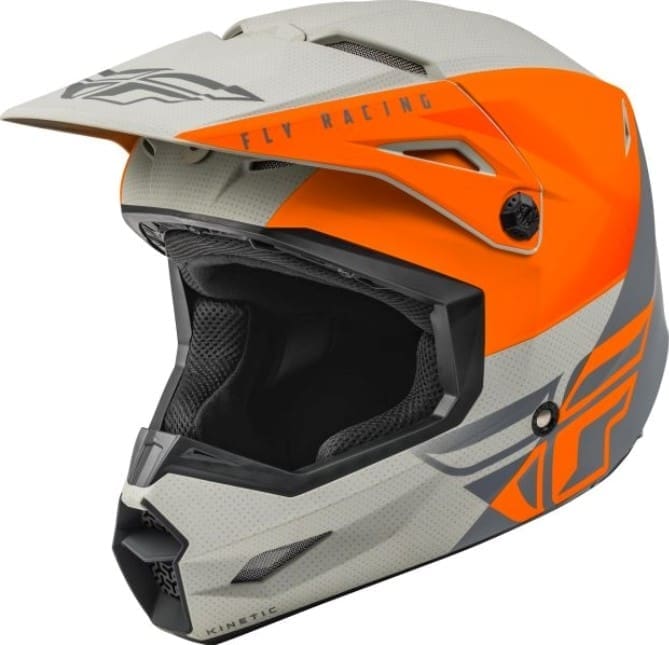While they may not push it too much, many parents dream that their kids will also enjoy their own passions, and when it comes to there’s plenty of chance for youngsters to get involved.
Advertisement Feature – We have received payment for the contents of this article. Learn more.

And while every biker worth their salt thinks about safety, it’s even more vital when it comes to your youngsters, so it’s crucial to kit them out in the right stuff, and a child’s motorcycle helmet will help make it a life-long passion.
Enjoy more Back Street Heros reading in the monthly magazine.
Click here to subscribe & save.
Here are a few tips for keeping your kids safe as they enter the world of motorcycles.
First, and perhaps foremost, is the helmet. Head injuries are a significant concern in motorcycle accidents; a helmet is not just a protective gear, it is a critical life-saving tool.
In the event of an accident, a helmet will help absorb the impact, reducing the risk of a severe head trauma. The helmet acts as a barrier between the head and the road, or other surfaces, and can significantly reduce the severity of injuries sustained in an accident.
Understanding standards and regulations is vital, and helmets should meet specific safety standards such as the European ECE 22.05 or British Standard BS 6658:1985. These standards ensure that the helmet has undergone rigorous testing for impact absorption, retention system effectiveness and field of vision. Look for the BSI Kitemark or appropriate equivalents.
Size and Fit: The effectiveness of a motorcycle helmet hinges on its fit. A poorly fitting helmet can be as dangerous as wearing no helmet at all. For children, this aspect is even more critical because of their varying head sizes and growth patterns. A helmet should fit snugly on the child’s head without being overly tight. It should sit level on the head and not rock from side to side. An accurate measurement of the child’s head circumference is a starting point in selecting the right size.
Types of Helmets: There are different types of helmets available, including full-face, open-face, modular and off-road helmets. Full-face helmets offer the most protection, covering the entire head and face, and this style is often recommended for children. However, the choice of helmet also depends on the type of riding and the comfort of the child.
Material and weight: Polycarbonate, glassfibre composite and carbon fibre are common materials used in helmet construction, each offering different levels of protection and weight. For children, a lighter helmet is often more comfortable but should not compromise on safety.
Visibility and Ventilation: Visibility is key in children’s helmets. The visor should be clear and free from distortions to ensure the rider has an unobstructed view. Additionally, adequate ventilation is essential to keep them comfortable during rides, preventing the visor from fogging up and ensuring air circulation.
Aesthetic appeal: Children are obviously more likely to wear a helmet consistently if they like its appearance. Helmets come in various designs and colours, and involving the child in the selection process can ensure they choose a helmet they are excited to wear.
Maintenance and replacement: A helmet’s integrity can be compromised over time or if it suffers an impact. Regular checks for cracks, loose padding or a degraded shell are essential. And as mentioned… children grow, so keep checking regularly.
Remember, when it comes to motorcycle safety for children, the helmet is not just an accessory; it’s a necessity.




